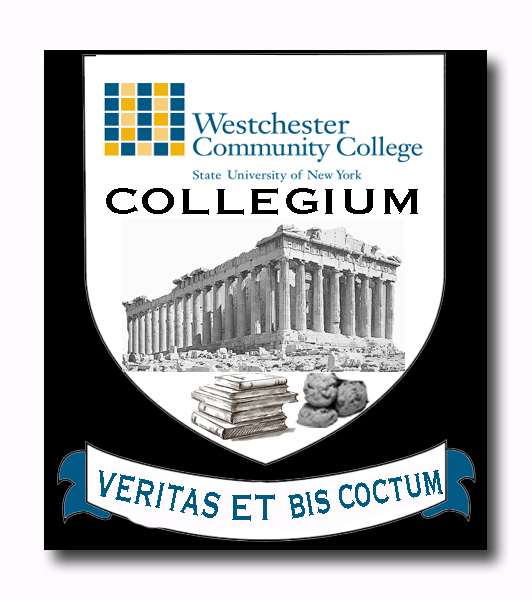Sherbert v. Verner (1963)
The Sabbath for Seventh-day Adventists begins on
Friday evening and lasts through Saturday, and the religion prohibits
work on the Sabbath. Seventh-day Adventist Adele Sherbert lost her job
for refusing to work on her Sabbath, but the state of South Carolina
refused her unemployment benefits because she would not accept available
work from other employers who also wanted her to work on Saturday. The
Supreme Court in Sherbert v. Verner invalidated the state's unemployment
benefits rule as an infringement on First Amendment rights of free
exercise of religion.
In Sherbert v. Verner, 374
U.S. 398 (1963), the Supreme Court ruled that government can restrict
the free exercise rights of individuals only if the regulations survive
strict scrutiny, placing a steep burden on state laws in such cases.Sherbert denied unemployment benefits after fired for not working Sabbath Saturday
Adele Sherbert, a Seventh-day Adventist, was discharged by her employer after she refused to work on Saturdays, the Sabbath in her religion. The state subsequently denied Sherbert unemployment benefits because she did not accept available work from three other employers who wanted her to work on Saturdays.Having lost in the lower courts, Sherbert appealed to the Supreme Court, contending that the law violated her free exercise of religion rights.
Supreme Court finds benefits denial violated free exercise of religion rights under First Amendment
In the opinion for the court, Justice William J. Brennan Jr. held that the denial of unemployment benefits to Sherbert imposed a burden on her free exercise rights under the First Amendment. Establishing a strict scrutiny standard, the Court held that the state’s assertion of administrative convenience — that is, that it would be easier to deny benefits to all than to ascertain which workers’ actions were sincere — neither met a compelling governmental interest nor the least restrictive means test.By allowing others a Sabbath on Sundays, but not Sherbert on Saturdays, the Court asserted that the state was forcing her to choose between her vocation and her religion. The justices were careful to note that by extending unemployment benefits to Sherbert, the state was not fostering a particular religion, but applying the unemployment legislation in a neutral manner in the “face of religious difference.”
In concurrence, Justice William O. Douglas argued that South Carolina law violated an important area of privacy that the free exercise clause was designed to protect and that the establishment clause was not at issue here. Justice Potter Stewart’s concurrence echoed Douglas’s stance on the establishment clause.
In dissent, Justice John Marshall Harlan II expressed concern that the Court’s decision favors religious over nonreligious claims for unemployment legislation.
Supreme Court later eases test for upholding laws in face of religious liberty claim
The Court would later modify the strict scrutiny test established by Sherbert in Employment Division, Department of Human Resources of Oregon v. Smith (1990), where it applied the less-intrusive valid secular policy test, in which the state must show that a law alleged to affect free exercise is neutrally applied and serves a legitimate governmental interest.In response to Smith, Congress passed the Religious Freedom Restoration Act of 1993 and the Religious Land Use and Institutionalized Persons Act of 2000 in an effort to restore the Sherbert standard.

